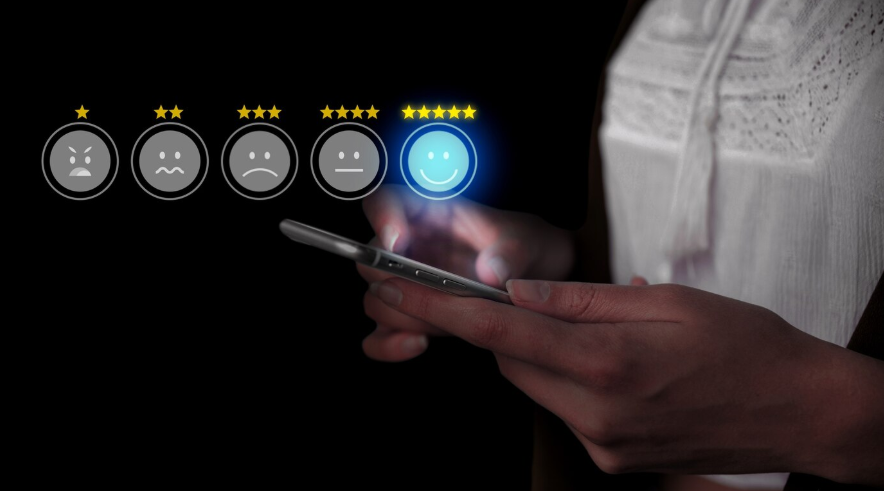
Viral content can be a double-edged sword. While positive viral moments can skyrocket brand awareness and engagement, negative content that spreads rapidly can damage your reputation within hours. The speed at which information travels across social media platforms means that one misstep, controversial statement, or poorly timed post can spiral into a full-blown crisis.
Understanding how to manage and control viral negative content is crucial for businesses, public figures, and anyone with an online presence. This guide will walk you through proven strategies to minimize damage, regain control of your narrative, and protect your brand’s reputation when negative content starts spreading like wildfire.
Understanding Viral Negative Content
Viral negative content refers to any piece of information, video, image, or text that spreads rapidly across digital platforms while portraying someone or something in a negative light. This content can originate from various sources:
- Customer complaints that resonate with a wider audience
- Mistakes or controversial statements made by company representatives
- Leaked internal communications or behind-the-scenes footage
- Misunderstandings that escalate due to lack of context
- Coordinated attacks from competitors or disgruntled individuals
The key characteristic of viral negative content is its exponential spread rate. Unlike traditional media coverage, viral content can reach millions of people within hours, making social crisis management timelines obsolete.
The First 24 Hours: Immediate Response Strategy

Assess the Situation Quickly
The moment you discover negative content gaining traction, conduct a rapid assessment. Determine the source, scope, and severity of the situation. Ask yourself:
- Is the content factually accurate?
- How rapidly is it spreading?
- What platforms are driving the conversation?
- Who is your primary audience engaging with this content?
Don’t Panic or React Emotionally
The worst thing you can do is respond while emotions are running high. Knee-jerk reactions often make situations worse. Take time to breathe, gather your team, and develop a measured response strategy.
Monitor All Channels
Use social media monitoring tools to track mentions across all platforms. This includes:
- Twitter/X
- TikTok
- YouTube
- News websites
- Blogs and forums
Damage Control Strategies
Acknowledge and Address
If the negative content contains valid criticism or highlights a genuine mistake, acknowledge it promptly. A sincere, well-crafted response can often stop the spread of negative sentiment. Your response should:
- Take responsibility where appropriate
- Provide context or clarification
- Outline specific steps you’re taking to address the issue
- Maintain a professional, respectful tone
Correct Misinformation
When viral negative content is based on false information, provide factual corrections. However, avoid simply saying “this is false” without offering evidence. Instead:
- Present clear, verifiable facts
- Use official sources and documentation
- Share your correction across multiple platforms
- Consider creating visual content to make your correction more shareable
Leverage Your Supporters
Mobilize your loyal customers, employees, and brand advocates. While you shouldn’t ask them to lie or misrepresent facts, genuine supporters can help share your side of the story and provide balance to the conversation.
Platform-Specific Response Tactics
Twitter/X
Twitter’s real-time nature makes it both the most dangerous and most effective platform for crisis management. Use threaded tweets to provide detailed explanations, and consider pinning important clarifications to your profile.
Facebook’s algorithm can work against you if negative content gains initial traction. Focus on engaging with individual commenters and creating comprehensive posts that provide full context.
Visual platforms require visual responses. Create infographics, carousel posts, or videos that clearly communicate your message. Instagram Stories can be particularly effective for real-time updates.
TikTok
If negative content is spreading on TikTok, consider creating response videos that match the platform’s casual, authentic tone. However, be careful not to appear tone-deaf or dismissive of legitimate concerns.
Read our latest blog Corporate Apology Examples
Legal Considerations and Options
When to Involve Legal Teams
Not all negative viral content requires legal intervention, but certain situations may warrant it:
- Content that contains defamatory statements
- Copyright infringement
- Doxxing or harassment
- Threats of violence
- Leaked confidential information
DMCA Takedown Notices
If negative content includes copyrighted material you own, you can file Digital Millennium Copyright Act (DMCA) takedown notices with platforms. However, this should be used legitimately and not as a way to silence valid criticism.
Cease and Desist Letters
For more serious cases involving defamation or harassment, cease and desist letters can be effective. However, be aware that aggressive legal tactics can sometimes backfire and generate more negative attention.
Long-Term Reputation Recovery

SEO and Content Strategy
Negative viral content can dominate search results for your brand. Implement a long-term SEO strategy to push positive content higher in search rankings:
- Create high-quality, positive content consistently
- Optimize existing positive content for relevant keywords
- Build backlinks to positive content about your brand
- Consider professional reputation management services
Rebuilding Trust
Trust takes time to rebuild. Focus on:
- Consistent, transparent communication
- Demonstrable changes in behavior or policy
- Community engagement and giving back
- Highlighting positive customer experiences and testimonials
Learning and Improvement
Use the crisis as an opportunity to improve your processes:
- Conduct a thorough post-crisis analysis
- Update your crisis communication plan
- Provide additional training for team members
- Implement better content review processes
Prevention: Building Crisis-Resistant Systems
Social Media Policies
Develop comprehensive social media policies for all team members. These should cover:
- Appropriate content guidelines
- Response protocols for negative feedback
- Escalation procedures
- Personal vs. professional account guidelines
Monitoring and Early Warning Systems
Implement robust monitoring systems that can alert you to potential issues before they become viral. This includes:
- Social media monitoring tools
- Google Alerts for your brand name
- Regular sentiment analysis
- Community management protocols
Crisis Communication Plans
Develop detailed crisis communication plans that include:
- Team roles and responsibilities
- Pre-approved messaging templates
- Escalation procedures
- Contact information for key stakeholders
Moving Forward: Lessons Learned
Viral negative content, while challenging, often provides valuable lessons about your brand, audience, and communication strategies. The companies that emerge strongest from these situations are those that genuinely learn from the experience and implement meaningful changes.
Remember that authenticity resonates more than perfection. Audiences are often more forgiving of mistakes when they see genuine efforts to make things right. Focus on building long-term relationships with your audience rather than just managing short-term crises.
The digital landscape will continue to evolve, and new platforms will emerge with different dynamics and challenges. Stay informed about these changes and adapt your strategies accordingly. What works on one platform may not work on another, and what works today may not work tomorrow.
Taking Control of Your Digital Narrative
Controlling viral negative content requires quick thinking, strategic planning, and authentic communication. While you cannot prevent every crisis, you can prepare for them and respond in ways that minimize damage and potentially strengthen your brand.
The most important thing to remember is that viral negative content is not necessarily permanent. With the right approach, consistency, and time, you can regain control of your narrative and rebuild your reputation. Start by implementing monitoring systems today, develop your crisis communication plan, and train your team on these protocols before you need them.
Your response to negative viral content can become a defining moment for your brand. Make it count by responding with integrity, transparency, and genuine commitment to doing better.



















No Comments